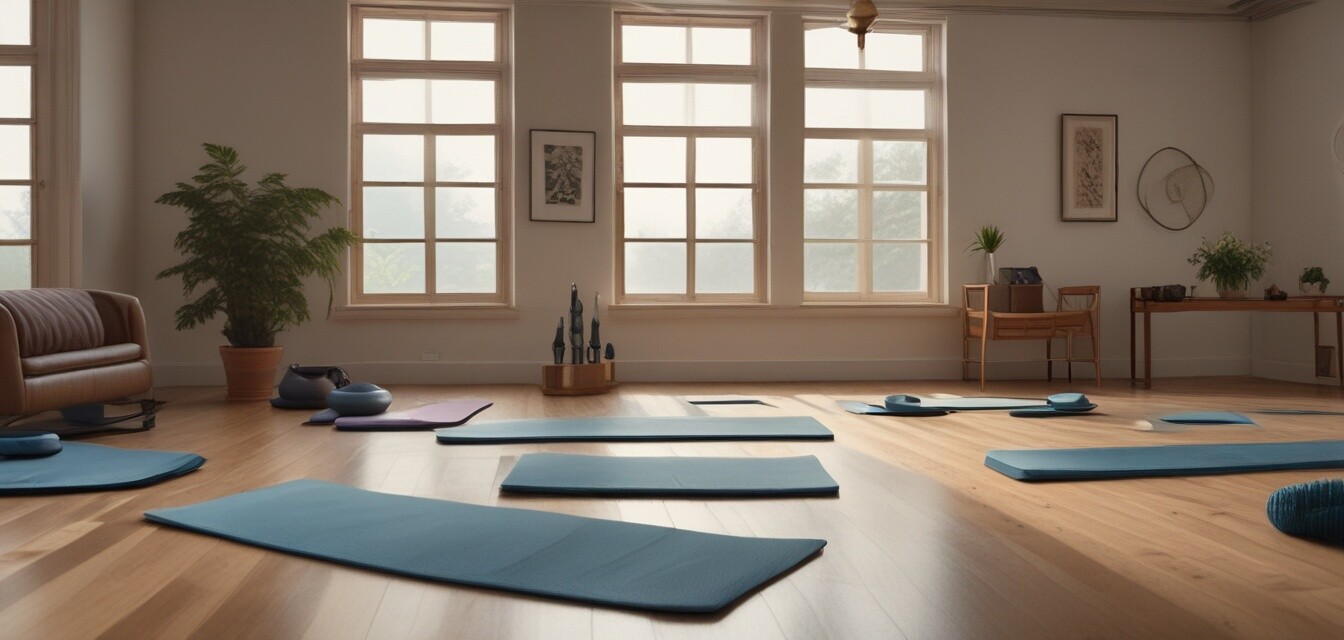
Best Practices for Stretching Before Workouts for Seniors
- Stretching can enhance flexibility and reduce injury risk.
- Warm-up routines should be gentle and tailored for seniors.
- Incorporating specific stretches can promote overall well-being.
- Focus on safety by avoiding overstretching and sudden movements.
Engaging in strength training is crucial for seniors, but it's equally important to prepare the body adequately before a workout. Stretching helps improve flexibility, range of motion, and can reduce the risk of injuries. In this article, we will explore essential stretching practices tailored specifically for seniors, ensuring a safe and effective warm-up routine.
The importance of stretching for seniors
Seniors face unique physical changes that can affect the way they move and exercise. Regular stretching is vital to keep joints healthy and muscles flexible. Here’s why stretching should be a foundational aspect of any workout routine:
- Improves flexibility and mobility
- Promotes better posture
- Reduces muscle tension and stiffness
- Enhances blood circulation and nutrient delivery to muscles
Safe stretching practices to follow
Incorporating safe stretching practices is vital for seniors. Below are some best practices for stretching before workouts:
1. Always warm up first
Before diving into stretching, it’s essential to engage in a gentle warm-up to prepare the body. A light 5-10 minute walk or easy cycling can elevate heart rates and warm the muscles.
2. Focus on major muscle groups
Target areas include the neck, shoulders, back, arms, and legs. Here’s a table summarizing effective stretches for these key muscle groups:
| Muscle Group | Recommended Stretch | Duration |
|---|---|---|
| Neck | Neck tilts | 15-30 seconds |
| Shoulders | Shoulder rolls | 15-30 seconds |
| Back | Seated twist | 15-30 seconds |
| Arms | Tricep stretch | 15-30 seconds |
| Legs | Hamstring stretch | 15-30 seconds |
3. Listen to your body
It is critical to pay attention to how your body feels during stretching. If a stretch causes pain, stop immediately. It’s essential to feel a slight tension but never pain.
4. Avoid bouncing
Bouncing during stretches can lead to injury. Maintain steady, gentle movements, and hold each stretch for the recommended duration.
Incorporating stretching into a routine
Developing a consistent stretching routine can be highly beneficial. Consider the following tips for effective results:
- Schedule stretching sessions regularly throughout the week.
- Incorporate stretches into your warm-up routine before strength training.
- Combine with exercise books for guidance.
- Use resistance bands for added support during some stretches.
Common mistakes to avoid
While stretching is vital, mistakes can hinder its benefits. Here are common errors seniors should be mindful of:
- Skipping warm-up before stretching.
- Holding stretches for too long or not long enough.
- Overstretching and straining muscles.
- Neglecting certain muscle groups.
Pros
- Improves flexibility and mobility.
- Enhances overall performance during workouts.
- Reduces the risk of injuries.
- Increases relaxation and stress reduction.
Cons
- Risk of overstretching if not done correctly.
- May feel time-consuming for some.
- Not all seniors may find certain stretches comfortable.
Conclusion
Stretching is an integral part of safe workout practices for seniors. Whether you're just beginning or already have a routine, these best practices will enhance your workouts, ensuring that you remain mobile, flexible, and injury-free. By incorporating these strategies into your warm-up routine, you can look forward to a fulfilling and safe strength training journey.
Additional resources
For further reading and more exercises specifically designed for seniors, check out: